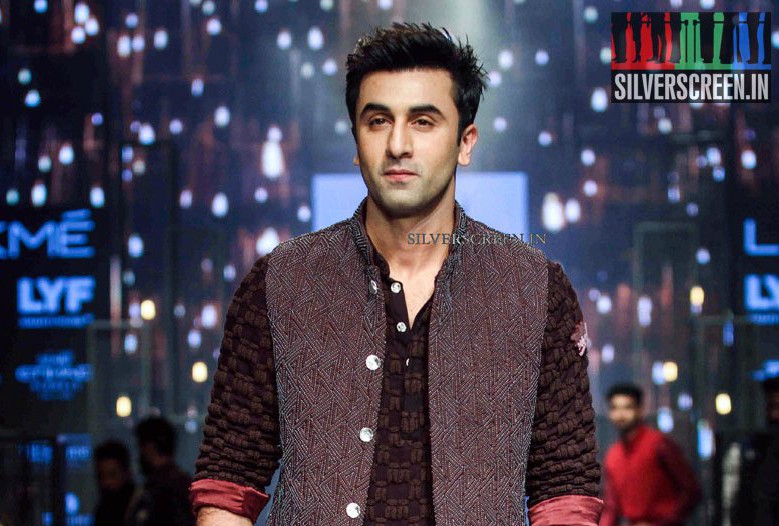IV Sasi, who passed away on October 24, was no ordinary filmmaker by any measure. His films were sharply and unflinchingly political. In his youth, he made films relentlessly, one after another, at a pace no one can aspire for in these days. In 1977, he made 12 feature films, including Itha Ivide Vare, a commercial blockbuster that also earned him a Filmfare award for the best director. He was 29 then.
While it was Sasi’s films such as Devasuram, and Aavanazhi that established Mohanlal and Mammootty as the epitome of masculinity (an image the actors would excessively exploit in their later inferior films), the renowned director has also made many films where the two actors played flawed men who didn’t conform to the societal notions of heroism. In Kaanamarayathu (1984), Mammootty played a middle-aged man who falls in love with a 16-year-old Shobana. Written by Padmarajan, the film was an unconventional poetic romantic drama, the kind of which 65-year-old Mammootty might not take up. In Uyarangalil, which came out the same year, Mohanlal was a ruthless conniver who did many unspeakable crimes to satiate his greed for money and women. The film ends with his suicide.
Sasi often collaborated with eminent writers like T Damodaran and MT Vasudevan to produce sharp socio-political dramas that addressed the common masses who constituted the majority of his audience. His Angaadi (1980) has actor Jayan delivering one of the most cult-classic dialogues in the history of Malayalam cinema. A head-load worker in a market, he lashes out in perfect English at the scions of a rich businessman, “May be we are poor, coolies, trolley pullers, but we are not beggars!…” Angadi, written by T Damodaran, spoke for the working class, and advocated anti-capitalist sentiments deeply rooted in Kerala’s leftist political arena.
Sasi’s films were always set in rugged male territories. His Avalude Raavukal (Her Nights, 1978), which launched actress Seema as a star, was an anti-thesis to the many soft porn films that the film industry was producing at the time. The poster of the film had Seema in a white shirt, baring her legs – an image that would shake the moral compass of the Malayali society. The film humanised a young prostitute, spoke about the economic and social conditions that landed her in a profession that treated her as an object of desire, and although the story was told from a male perspective, the film was a far cry from the sexist dramas of the same genre.
IV Sasi’s film didn’t look at sexuality as a moral sin, and didn’t adhere to the norms of the society. Anubandham had Seema playing a young widow who becomes an entrepreneur with the help of a former lover, played by Mammootty. Set in a village, the film treated the romantic relationship between this woman, a mother of a seven-year-old, and the man, a school teacher, with respect.

avalude raavukal
Lakshmanarekha was released in 1984, one of the best years in Sasi’s career. He made eight movies – some of the most acclaimed ones in his oeuvre – that year. The film begins from the homecoming of the household’s youngest scion, Sudhakaran (Mohanlal) after spending six years in the US. He is smart and brazen, and his return to the house signals the onset of something grave and unpleasant. His brother, Sukumaran (Mammootty) is bed-ridden, after an accident post-wedding left him paralysed. Sukumaran’s wife, Radha (Seema), has a tough existence, caught between her love for Sukumaran, who is practically immobile, and her repressed carnal desires that is indicated through a nightmare sequence where she is watching a serpent resting on a tree trunk. While Sukumaran is writhing in guilt for not being able to be a proper husband to Radha, Sudhakaran goes one step ahead and rapes her one night, after tricking her into having a sleeping pill. The latter has an explanation – a neurologist treating Radha for her recurring headache suggested to Sudhakaran that the disease might be a cause of her sexual deprivation.
Nevertheless, even Lakshmanarekha is a testimony to Sasi’s craftsmanship. He was a filmmaker of the masses, and his films never underestimated the intelligence of the audience who thronged the theatres to watch them. He gave them characters who were rooted in their milieu, yet bore a great heroic quality to aspire for. Sasi loved his cinema, and he enjoyed success like no other filmmaker in Malayalam cinema.
***
Photo courtesy: The Hindu



